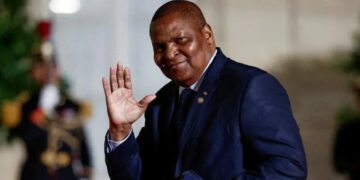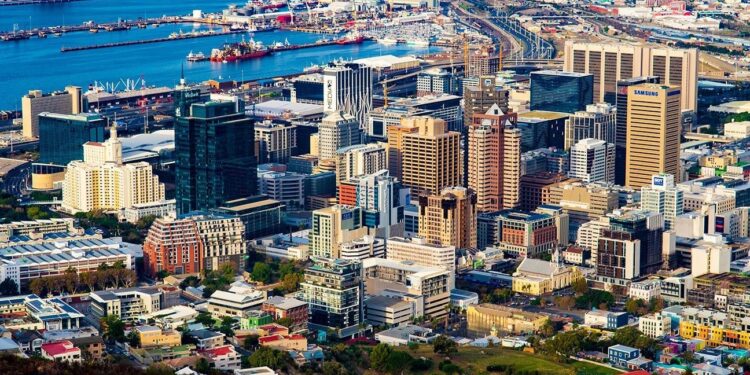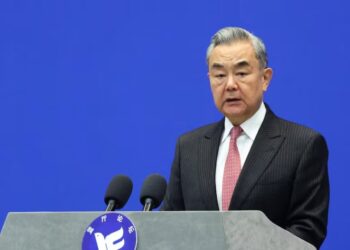By John Ikani
By 2035, six African cities are projected to have populations exceeding 10 million, with the continent’s rapidly expanding young population driving it to become the world’s fastest-urbanizing region, according to a new report.
Luanda, the capital of Angola, and Dar es Salaam, Tanzania’s commercial center, are set to join the ranks of Cairo, Kinshasa, Lagos, and Greater Johannesburg as metropolises with over 10 million residents, states the Economist Intelligence Unit in its report on African cities.
Africa’s youthful and burgeoning cities are often seen as a wellspring of creativity and innovation. However, many have also been the epicenters of protests this year, fueled by corruption, tax increases, a lack of job opportunities, and political classes perceived as disconnected from the people.
This swift urbanization, expected to result in more than half of Africans residing in towns and cities by 2035, is anticipated to generate wealth, dynamism, and business prospects, the report suggests.
However, it also cautions that “overcrowding, informal settlements, high unemployment, poor public services, strained utility services, and vulnerability to climate change are just a few of the major challenges that city planners will have to contend with.”
Beyond the six megacities, the continent will have 17 urban areas with populations exceeding 5 million and approximately 100 more with over 1 million residents by 2035.
Among the 100 largest cities by 2035, Addis Ababa is projected to experience the fastest growth at an average annual rate of 10.6%, followed by Kampala, Dar es Salaam, and Abidjan, with growth rates at or near 9%.
The continent’s urban population is predicted to reach nearly 1 billion by 2035, a significant increase from the roughly 650 million recorded last year. East Africa is expected to see the most rapid urban population growth, followed by central and west Africa.
The EIU highlighted “megalopolises in the making,” including a 370-mile (600km) stretch of west Africa’s coast from Abidjan in Ivory Coast through Ghana, Togo, and Benin to Lagos in Nigeria. This corridor “could become one of the world’s largest urban corridors by 2035,” with a population exceeding 50 million.
Other potential megalopolises identified in the report center on Cairo and Alexandria in Egypt; Johannesburg and Pretoria in South Africa; a “Great Lakes city hub” encompassing Nairobi in Kenya and Kampala in Uganda; and clusters in Morocco and Algeria.
The UN estimates that Africa’s population will nearly double in the next 30 years, reaching 2.2 billion. Notably, approximately 70% of the population is under the age of 30.


































